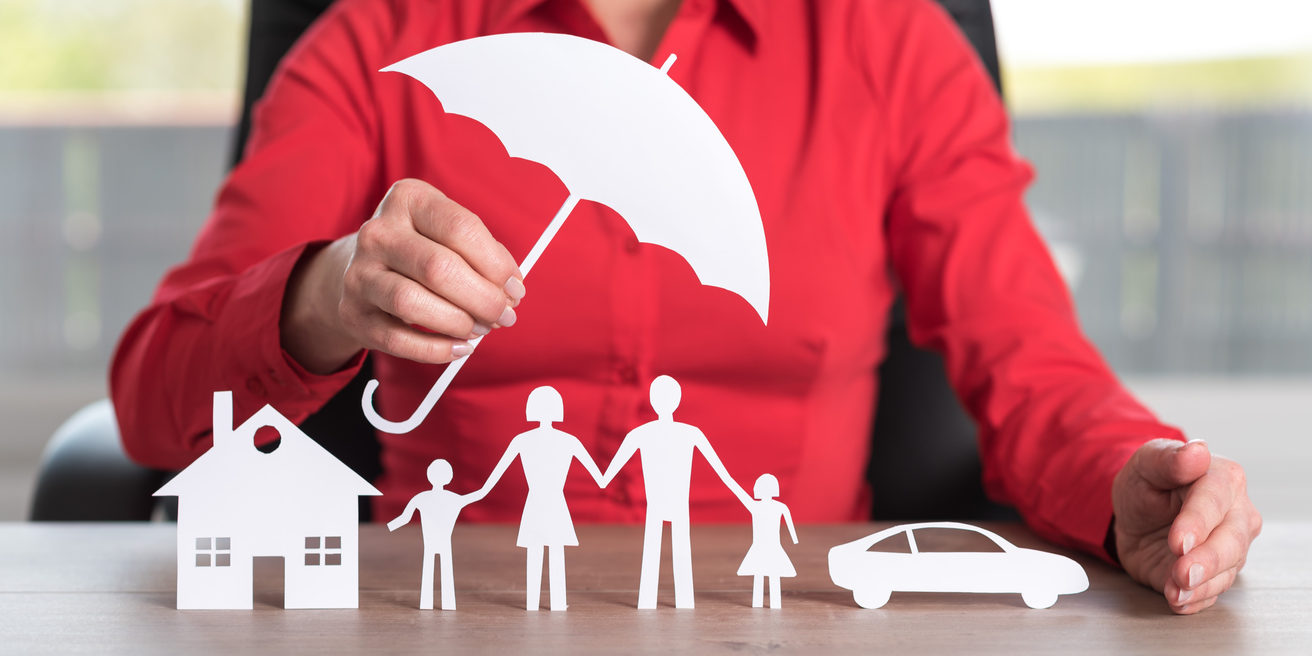How an Umbrella Policy Can Save You from Ruin
An umbrella policy is designed to protect you from almost everything that your homeowner’s and auto insurance policies do not, as well as fill in gaps in coverage when the limits of these policies are exhausted. Lawsuits are filed daily against ordinary folks, with reasons ranging from frivolous to justified. More often, people have no extra protection to block the plaintiff from going after their personal assets in the lawsuit. Umbrella insurance will protect you from this type of situation.
An umbrella policy is often referred to as excess liability. This excess liability coverage kicks in when the underlying limits on your homeowner’s or auto policy have been exhausted. It will take effect if you are sued personally for something that neither your homeowner’s nor your auto insurance covers. Depending on the insurance company, you can purchase as much as $10 million worth of excess coverage.
How much umbrella coverage should you have
The amount of coverage you select should depend on how much you are worth. If you have $5 million worth of personal assets, you should get at least a $5 million dollar umbrella policy. Because of the cost, it is not uncommon for someone to buy a 5 to $10 million umbrella policy even if that number far exceeds their net worth. Most insurance companies will not offer you umbrella coverage unless you have both your homeowner’s and auto policies with them. Also, the insurer will require that you maintain a certain level of liability on the homeowner’s and auto policies in order to qualify for the umbrella policy.
On most occasions, you must maintain at least $250,000 of bodily injury liability per person. $500,000 per accident, and $100,000 for property damage for your autos. Also require $500,000 of liability for your home. The good news is that coverage is cheap. It is possible to obtain $1 million worth of excess liability for about $150 to $300 per year. The more cars and homes you have, the higher the premium, but the cost is still low.
In addition to your home and cars, liability associated with any other conveyances you may have, such as boats, motorcycles and other recreational vehicles, may also qualify for coverage under the umbrella, depending on the insurance company.
When to tap your umbrella policy
You are probably wondering when the umbrella coverage would ever be used. For example, if you are involved in a car accident where you hit a pedestrian who was walking on the sidewalk. The accident results in medical expenses that cost more than what your auto policy covered, the policy would kick in. What if the pedestrian decided to sue you for negligence and punitive damages? Your umbrella policy can be utilized to cover your legal expenses and to pay any judgments levied against you.
Excess liability also covers you for all sorts of things that have nothing to do with your cars or homes. For example, coverage includes personal injury protection, which includes false arrest and imprisonment, malicious prosecution, defamation, invasion of privacy, wrongful entry or eviction.
Also, some umbrella policies provide coverage if you are sued in connection with any charitable boards or organizations of which you are a member. You may have to contact your insurance company and pay an extra premium for this type of coverage. Remember, without an umbrella policy your personal assets are vulnerable in any lawsuit or legal action. The risk of a multi-million-dollar lawsuit greatly outweighs the cost of protecting yourself with an umbrella policy. If you don’t understand what’s in your insurance policy give us a call for a free examination.
Home Insurance Car Insurance Motorcycle Insurance RV Insurance Boat Insurance Health Insurance Medicare Insurance








